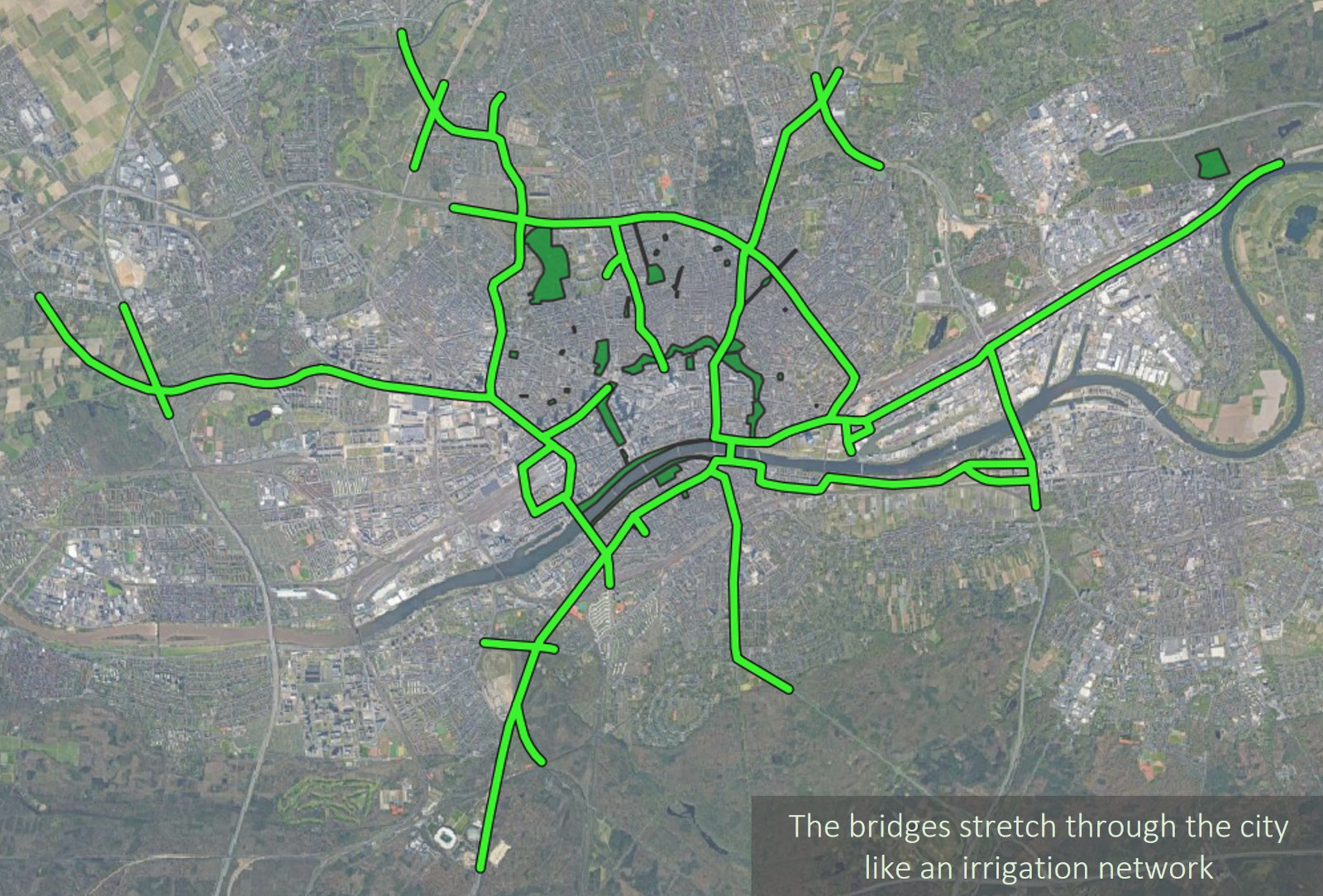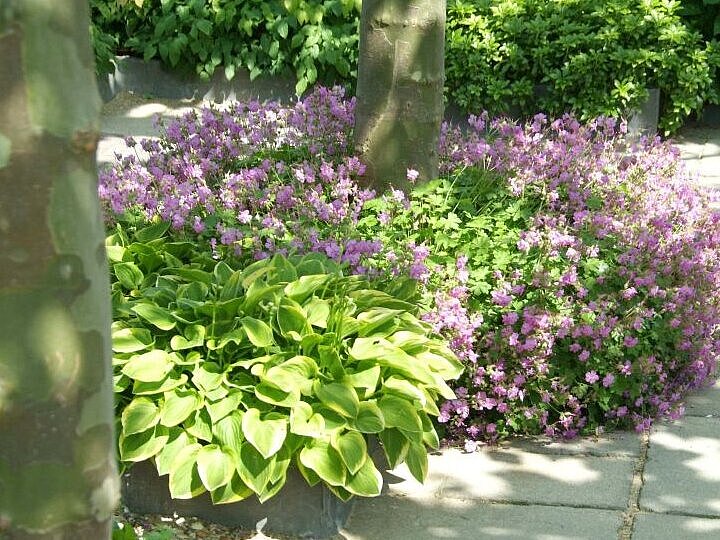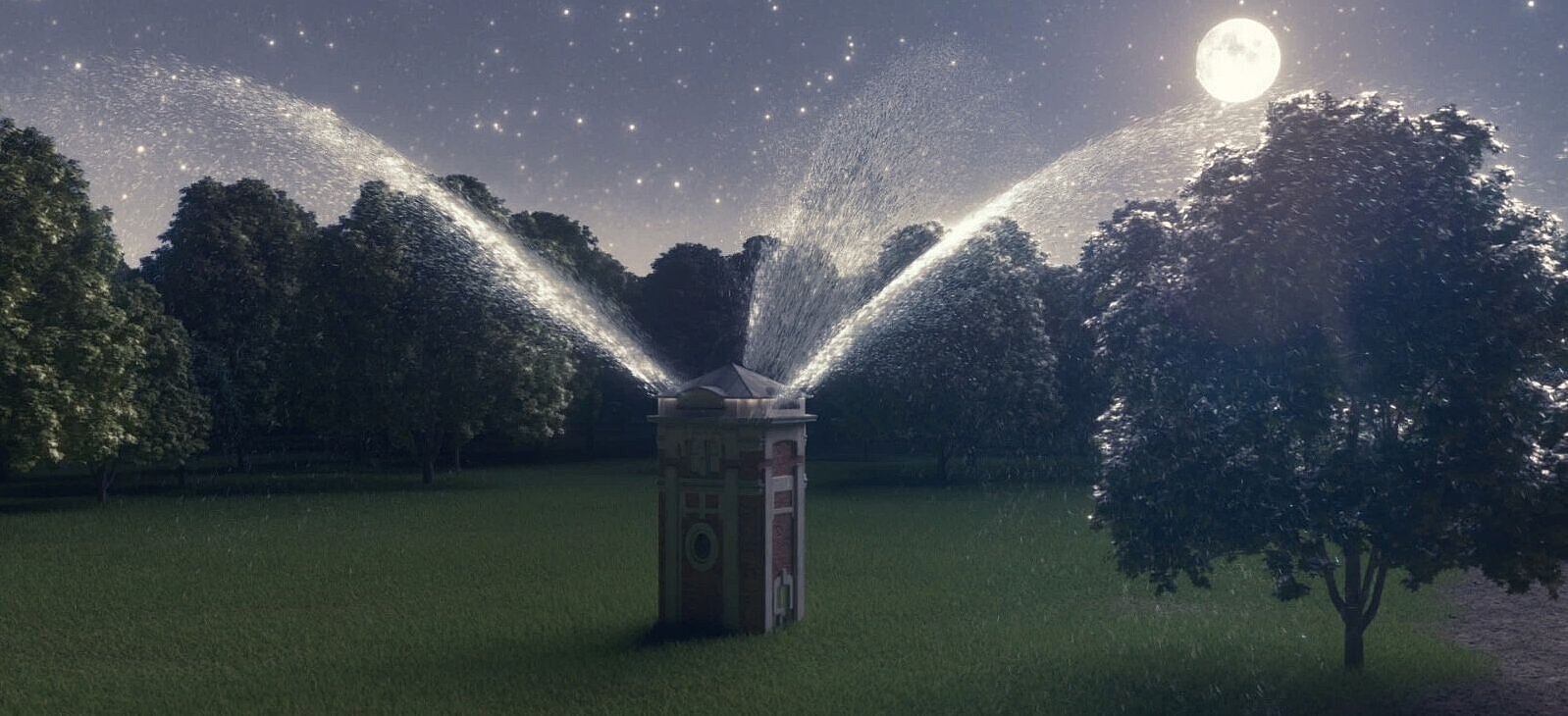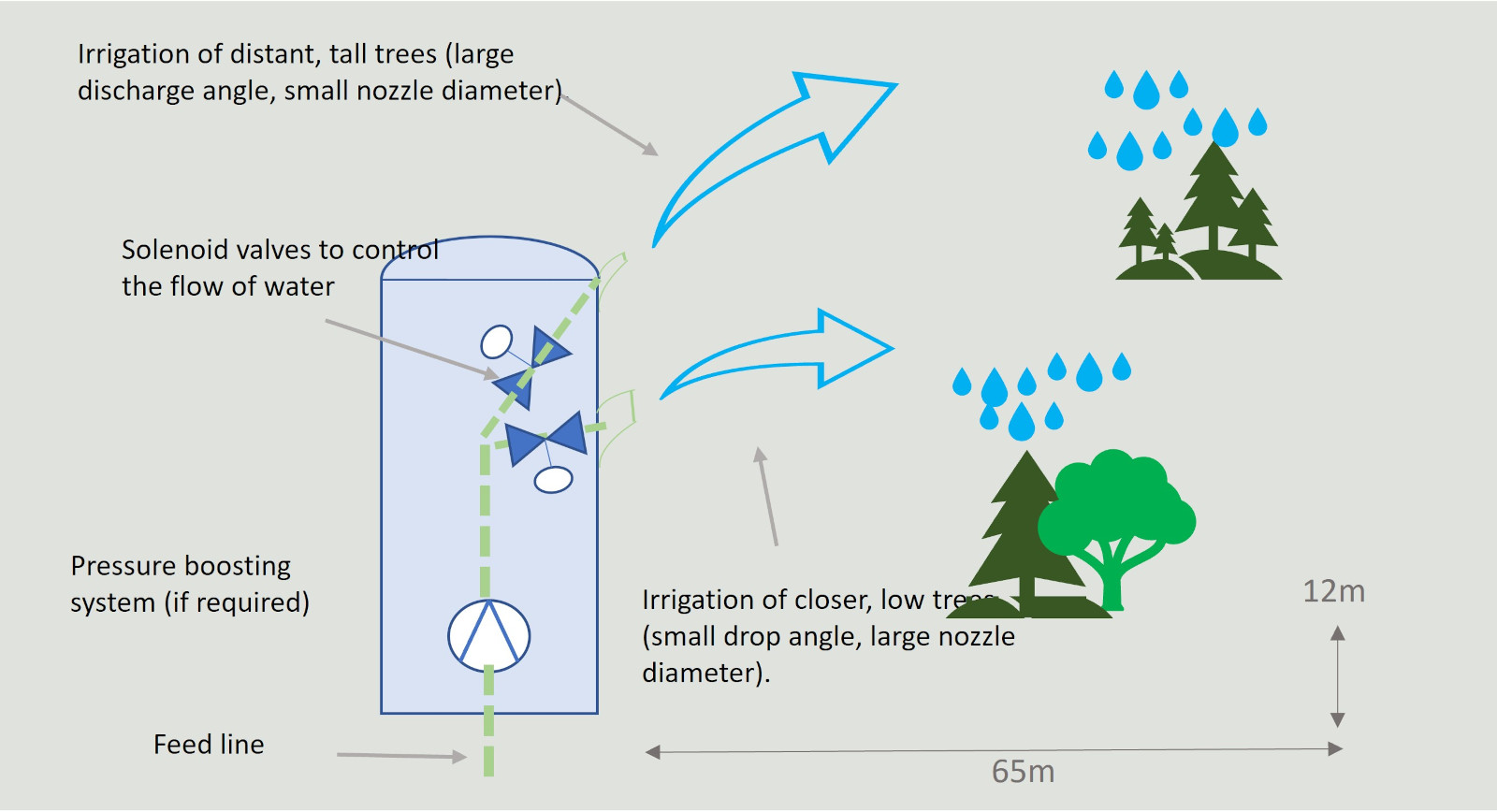Content: Green areas and trees in the entire city area are watered as well
For inner-city trees, there is surge irrigation with a tanker or connection to rain gutters of neighboring buildings.
Beds are also connected to rain gutters and also equipped with a clay pipe system that can also be filled with the tanker truck like a reservoir.
In Frankfurt's city parks, on the other hand, water tower-like columns are installed to distribute water like geysers at night during dry periods.


![[Translate to English:] Stiftung Altes Neuland Frankfurt GNU](/fileadmin/Themenseiten_Inhalte/2_Gruen/44_vitalisierung_des_stadtgruens/16_Bewaesserung_durch_Dachflaechen_b.jpg)
![[Translate to English:] Stiftung Altes Neuland Frankfurt GNU](/fileadmin/Themenseiten_Inhalte/2_Gruen/44_vitalisierung_des_stadtgruens/16_Bewaesserung_durch_Dachflaechen.jpg)
![[Translate to English:] Stiftung Altes Neuland Frankfurt GNU](/fileadmin/_processed_/8/3/csm_Baumkissen_c4640afa68.jpg)




